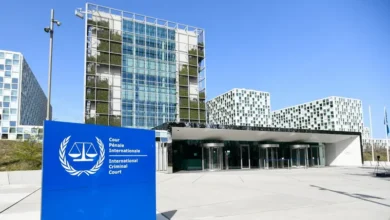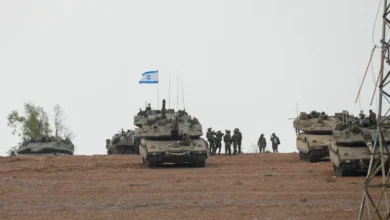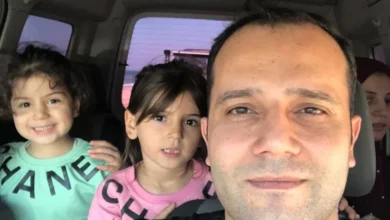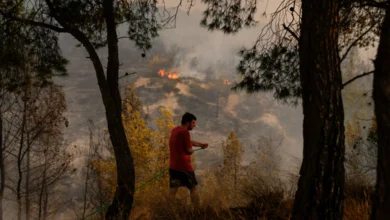Is Russia poisoning Namibia’s water in its hunt for uranium?
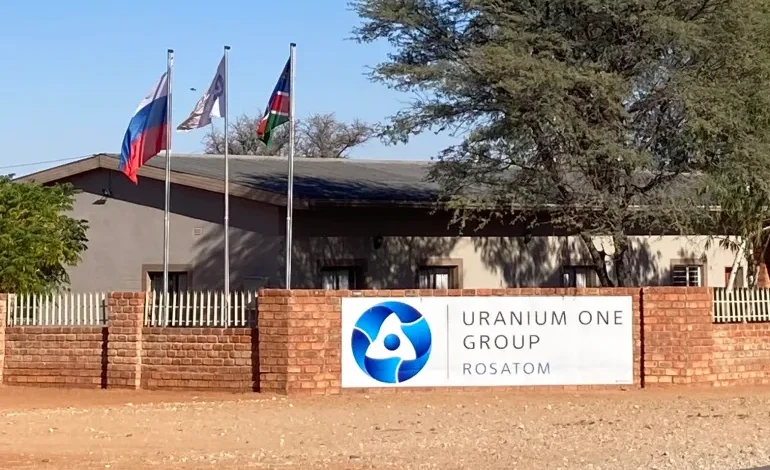
Impo Gift Kapamba Musasa holds a hose pipe in one hand and gestures to a garden of cabbages, onions and turnips with the other. He is a teacher in the crumbling village of Leonardville in rural Namibia, where water is becoming scarce.
The vegetables, grown for children at the primary school where he teaches, are watered from one of the largest aquifers on earth. The groundwater nourishes tens of thousands of people and is the lifeblood of the Kalahari Desert, which stretches across Namibia, as well as neighbouring Botswana and South Africa.
Around Leonardville, 386km (240 miles) from the capital, Windhoek, scrubland meets ochre-coloured dunes known as the “red fingers of the Kalahari” for the way they reach out across the vast desert.
Leonardville is a village of cattle farmers subsisting off meagre government handouts and homegrown vegetables, but it also sits on top of vast deposits of uranium – the fuel for nuclear reactors.
That has brought the village of a few thousand people some unlikely attention in recent years.On shop windows and village waypoints, posters appear, bearing the name and logo of a foreign company: Rosatom – Russia’s State Atomic Energy Corporation, one of the world’s largest uranium companies.Rosatom has spent years attempting to set up a mine in eastern Namibia after the country lifted a temporary ban on uranium mining in 2017. The isolated African village has since seen an influx of investment from companies linked to the Russian government.
A Rosatom subsidiary, known as Headspring Investments, in 2011 proposed to use a controversial drilling method to extract the uranium, known as “in situ” mining, which involves injecting a solution that includes sulphuric acid down into the aquifer. While Australian miners frequently use the drilling method, it has never been attempted in Africa, and is not usually done around aquifers, mining experts said.
While the prospect of financial reward has some locals supporting a potential mine in the area, Rosatom’s proposal has also raised concerns among others in the country.
Calle Schlettwein, the minister of agriculture, water and land reform, told Namibia’s National Assembly on February 29 that Headspring’s activities could “endanger the groundwater” in Namibia, South Africa and Botswana, “destroying the economic basis for the entire region”.
Additionally, because of the need to cool down equipment during uranium mining, the process is also one of the most water-intensive operations. Namibia is becoming hotter and drier because of climate change, leaving residents more dependent on aquifers to grow their food as rainfall decreases. With the prospect of a uranium mine and its effects dangling over their heads, local farmers worry their livelihoods will disappear – for good.
“Pollution is going to change people’s livelihoods,” says school teacher Impo, looking at his crops.
Some local landowners have even started campaigning against the planned uranium mine, asking the government to consider the risks to their water supply.
“Should uranium mining be allowed, it could render the water in the southeastern region of Namibia unfit for human and animal consumption, effectively bringing agriculture to a total and permanent standstill in the area,” said former Namibia Agricultural Union (NAU) president, Piet Gouws, speaking to the Namibian Sun in 2022.
Just as it seemed that Rosatom was on the cusp of achieving its goal of building the uranium mine, the Namibian government cancelled the drilling permits in November 2021, citing non-compliance with the licence terms.
Many farmers hoped this was the last they would hear of Headspring. But Rosatom doubled down – on the ground in Leonardville and by trying to win supporters through softer means.
Trips, truck and influence operations
Since 2021, Rosatom has been accused of running an influence campaign in Namibia, sponsoring trips for government officials and reporters to visit Russia, Al Jazeera has found.
In April this year, Rosatom subsidiary Uranium One invited Namibian Minister of Health and Social Services Kalumbi Shangula to Sochi, Russia, to attend Atomexpo 2024, a nuclear industry event organised by Rosatom, where he spoke about rising cancer cases in his country. Uranium One had earlier donated a four-wheel drive to the Namibian Ministry of Health.
Pijoo Nganate, the governor of the Omaheke region where Leonardville is located, has also visited Russia multiple times in trips he confirmed were at least partially funded by Rosatom. Nganate at first refused to answer whether Rosatom sponsored his trips to Russia.
“Let them make those claims,” he said when informed via phone of accusations that the leadership in the region was aligning itself with the Russian-state entity, adding: “That’s immaterial, you lose the bigger picture.”
He went on to tell Al Jazeera that it was Namibian ministries that had requested some donations in the form of food and medicine from Rosatom, not the other way around, and pointed out the severe unemployment and poverty in Omaheke. The Omaheke region has the smallest population in Namibia, but one of its highest poverty rates, at 51 percent of the population.
Other government officials are listed on travel documents, seen by Al Jazeera, as attending multiple sponsored trips to Russia and Kazakhstan between 2022 and 2023. Namibian government officials appearing on these documents include Governor Nganate; Obeth Kandjoze, the director of the National Planning Commission; Hardap regional Governor Salomon April, who said he could not attend; and the chairperson of the parliamentary standing committee on natural resources, Tjekero Tweya.
Phone calls to Kandjoze and Tweya by Al Jazeera, seeking their response, went unanswered.
